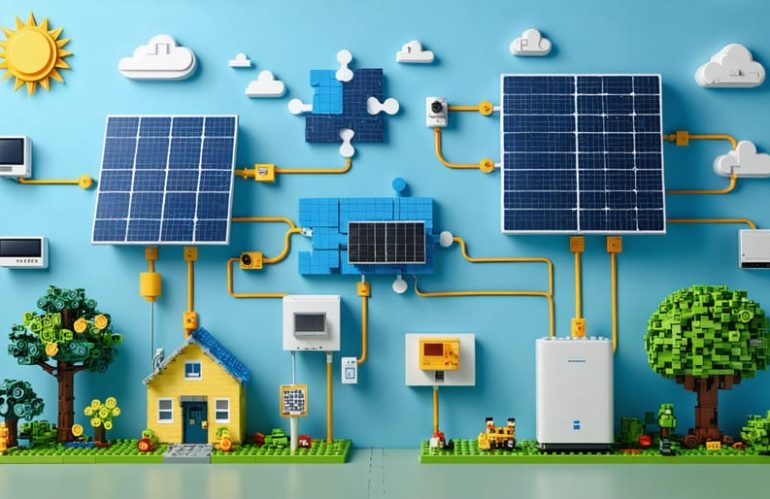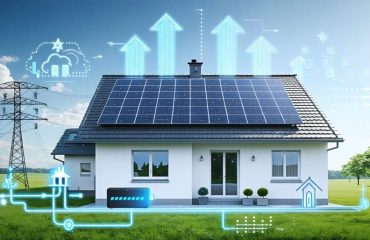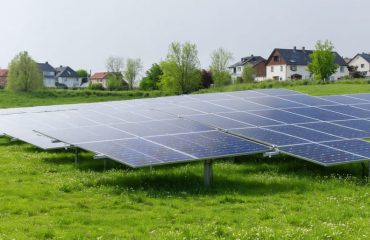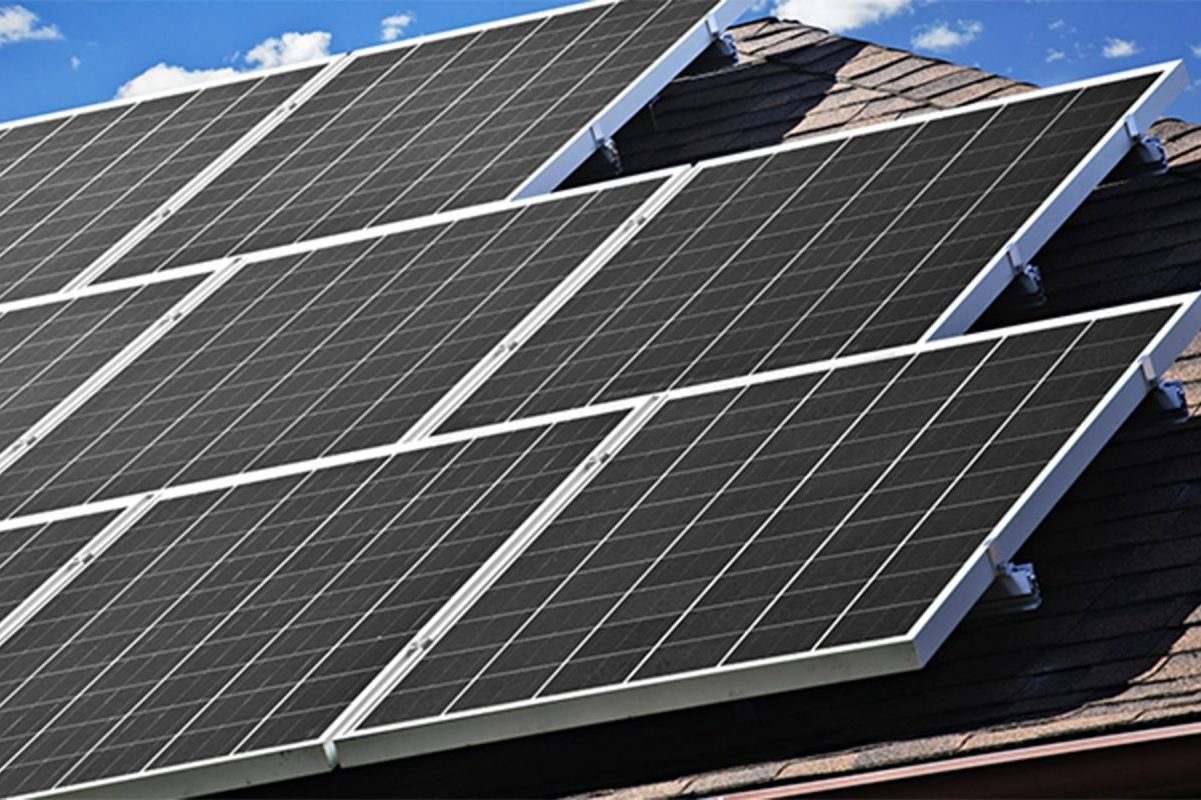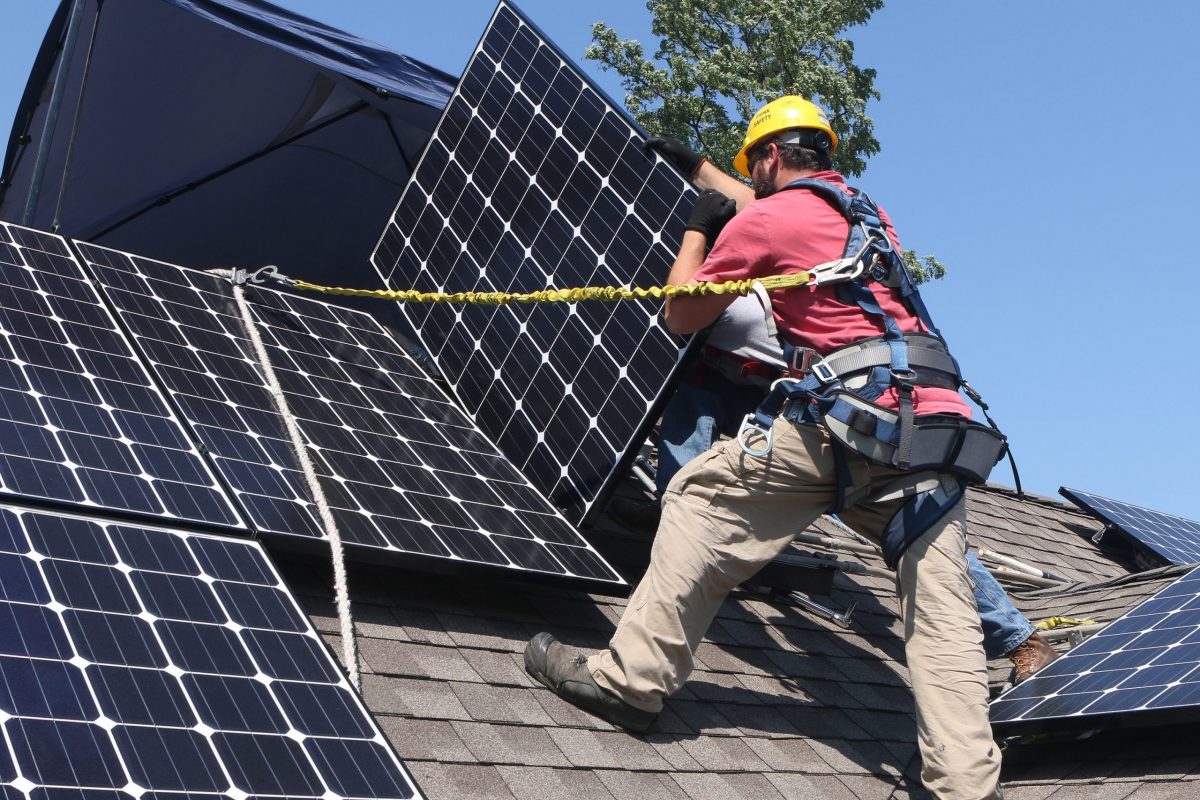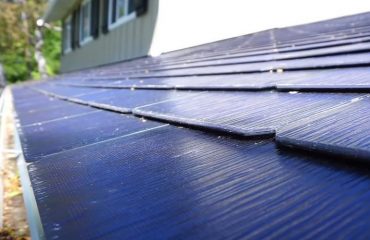Interoperability standards are revolutionizing home energy storage, making it easier than ever for homeowners to maximize their solar investments. Just as your smartphone seamlessly connects with various devices, modern energy storage systems are evolving to work harmoniously across different brands and technologies. This standardization means your battery storage system can communicate effectively with your solar panels, smart home devices, and the power grid – regardless of manufacturer.
For homeowners investing in solar energy, these standards offer crucial protection against obsolescence and vendor lock-in. They ensure your system remains compatible with future technology upgrades, new solar components, and emerging smart grid capabilities. This future-proofing not only preserves your investment but also maximizes potential energy savings and grid service opportunities.
The push for universal standards in energy storage is creating a more competitive marketplace, driving innovation, and ultimately delivering better value for consumers. As these standards continue to evolve, they’re making home energy systems more reliable, efficient, and accessible for everyone.
What Energy Storage Interoperability Means for Your Home
Connecting Different Brands and Components
One of the greatest advantages of standardized energy storage systems is their ability to work seamlessly with components from different manufacturers. Think of it like building with LEGO blocks – pieces from different sets fit together perfectly because they follow the same design standards. This mix-and-match functionality means you’re not locked into a single brand or manufacturer when expanding or upgrading your system.
For example, you can pair solar panels from one company with batteries from another, or add new storage capacity from a different manufacturer to your existing setup. This flexibility not only gives you more options but also helps maintain competitive pricing in the market. When shopping for components, you can choose based on features and price rather than brand compatibility.
Standards also ensure that if one manufacturer discontinues a product line or goes out of business, you can still find compatible replacements. This protection of your investment is particularly important for home energy systems, which are designed to last for decades.
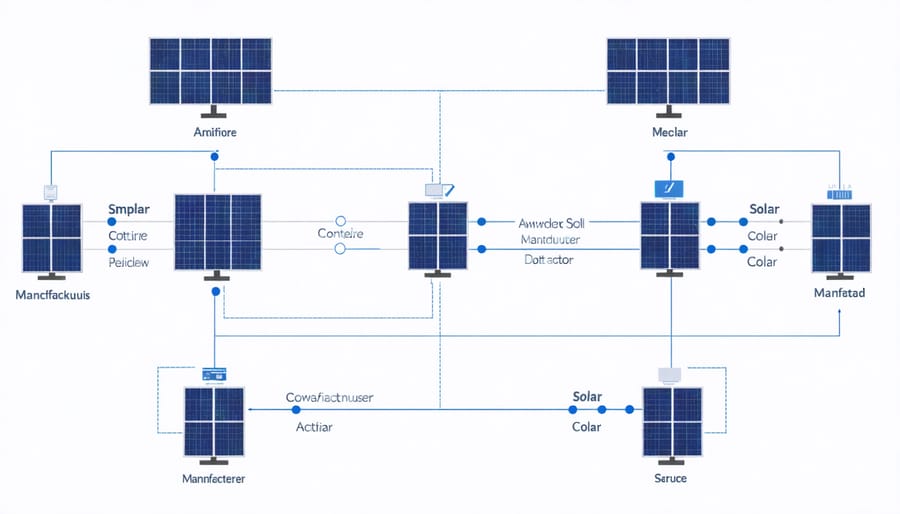
Future-Proofing Your Investment
Investing in standardized energy storage systems helps future-proof your solar investment by ensuring long-term compatibility and scalability. When your storage system follows established standards, you can easily upgrade components or add capacity without replacing your entire setup. Think of it like using standard USB ports – you can plug in new devices regardless of brand or generation.
Standards also protect you from being locked into a single manufacturer’s ecosystem. If your current battery provider discontinues a product line or goes out of business, you can seamlessly integrate components from other manufacturers that follow the same standards. This flexibility preserves your initial investment while allowing you to take advantage of newer, more efficient technologies as they become available.
Additionally, standardized systems typically maintain better resale value and are more attractive to potential buyers if you decide to sell your home. Many utility companies are also adopting these standards, making it easier to participate in grid services and energy-sharing programs that could provide additional income streams in the future.
Key Standards That Protect Your Solar Investment
Safety and Performance Standards
Safety standards play a crucial role in ensuring that your home energy storage system operates reliably and safely. Two major organizations, UL (Underwriters Laboratories) and IEEE (Institute of Electrical and Electronics Engineers), set the benchmarks for creating reliable power systems that protect both your family and your investment.
UL 9540 is the primary safety standard for energy storage systems, covering everything from battery safety to fire prevention. This certification ensures that your system has undergone rigorous testing for thermal runaway protection, emergency shutdown capabilities, and environmental durability. When shopping for a home battery system, always look for the UL 9540 certification mark.
IEEE standards focus on how your system connects and communicates with the power grid and other equipment. The IEEE 1547 standard, for example, ensures your system responds appropriately during power outages and maintains stable voltage levels. This helps protect both your home’s electrical system and utility workers during maintenance.
These standards are regularly updated to address new technologies and safety concerns. Modern systems often exceed these requirements, incorporating additional safety features like advanced monitoring systems and automatic fault detection. By choosing equipment that meets or exceeds these standards, you’re investing in a system that prioritizes safety while delivering reliable performance for years to come.
Communication Protocols
Think of communication protocols as the common language that allows your solar and storage devices to have a friendly conversation. Just like we need a shared language to communicate with others, your solar panels, battery storage, and home energy management system need standardized ways to exchange information.
Modern solar storage systems use several well-established protocols to ensure smooth operation. Some popular examples include Modbus, which helps your inverter talk to your battery, and SunSpec, which ensures your solar equipment can share important performance data. These protocols work behind the scenes to coordinate charging cycles, manage power flow, and optimize your system’s overall efficiency.
Having standardized communication methods means you can mix and match components from different manufacturers without worrying about compatibility issues. It’s similar to how your WiFi-enabled devices all work together regardless of brand – they speak the same digital language.
This standardization also makes it easier to upgrade your system in the future. When you want to add more battery capacity or integrate new smart home features, these communication protocols ensure your existing equipment will welcome the newcomers with open arms. For you as a homeowner, this means greater flexibility in choosing components and peace of mind knowing your investment is future-proof.
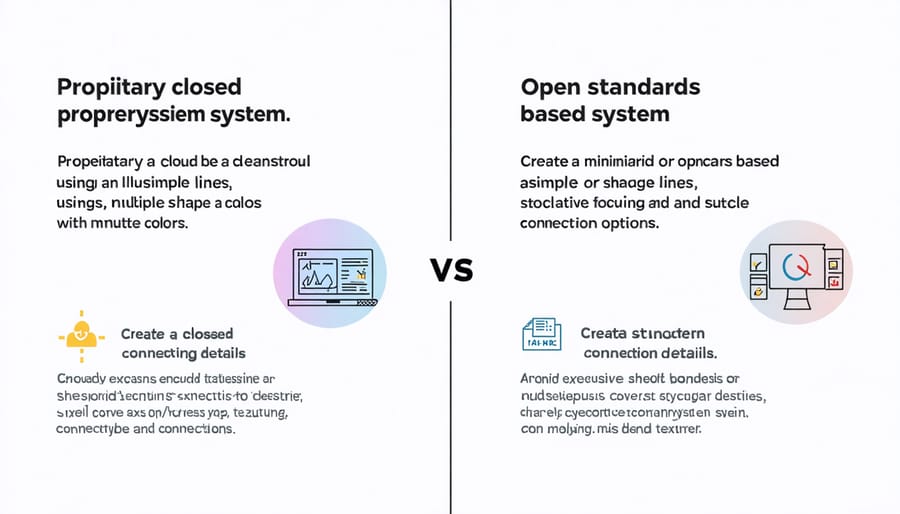
Real Benefits of Standardized Energy Storage
Lower Maintenance Costs
Standardization in energy storage systems significantly reduces maintenance costs over time, making it a smart investment for homeowners. When components follow established standards, replacement parts are more readily available and typically less expensive than proprietary alternatives. This accessibility eliminates the need to rely on specific manufacturers or specialized technicians for repairs and maintenance.
Think of it like maintaining a car – it’s much easier and more cost-effective to repair a vehicle that uses standardized parts than one with unique, manufacturer-specific components. The same principle applies to energy storage systems. When your system adheres to common standards, you can easily source components from multiple suppliers, creating healthy competition that keeps prices reasonable.
Regular maintenance becomes more straightforward and predictable when working with standardized systems. Technicians are more familiar with standard configurations, which means faster service times and lower labor costs. This standardization also helps you maximize your energy storage ROI through reduced maintenance expenses and improved system longevity.
Additionally, standardized systems often come with clear maintenance schedules and procedures, making it easier for homeowners to plan and budget for routine upkeep. This predictability helps avoid unexpected costs and extends the overall lifespan of your energy storage investment.

Easier System Expansion
One of the biggest advantages of standardized energy storage systems is their incredible flexibility when it comes to expansion. Think of it like building with Lego blocks – when all the pieces are designed to work together, adding more is simple and straightforward. This compatibility means you can start with a smaller system that meets your current needs and budget, then easily expand it as your energy requirements grow or your financial situation allows.
For homeowners, this translates to significant peace of mind. You won’t need to replace your entire system when you want to add more storage capacity or integrate new solar panels. Instead, you can simply connect additional battery modules or components that comply with the same standards. This modular approach not only saves money but also reduces waste and installation complexity.
Standards also ensure that new technological improvements can be integrated into your existing setup. Whether you’re adding smart home features, upgrading your inverter, or incorporating the latest energy management systems, standardized components will work seamlessly together. This future-proofs your investment and provides the flexibility to adapt to changing energy needs.
Moreover, standardization makes it easier to find compatible replacement parts and qualified technicians for maintenance or upgrades, as they’re trained to work with widely-adopted systems rather than proprietary solutions.
As we’ve explored throughout this article, choosing an energy storage system that adheres to established standards is crucial for long-term success with your home energy setup. By selecting systems that meet recognized standards, you’re not just making a smart investment today – you’re future-proofing your home for tomorrow’s energy landscape.
Standards ensure your energy storage system can effectively communicate with other components, from solar panels to smart home devices, maximizing both efficiency and savings. They also provide peace of mind, knowing your system meets safety requirements and can be serviced or upgraded as needed.
When shopping for an energy storage system, remember these key takeaways:
– Look for systems that comply with current industry standards
– Consider compatibility with existing or planned solar installations
– Check for certification marks from recognized testing laboratories
– Ask about firmware update capabilities and long-term support
– Verify warranty terms and manufacturer commitment to standards
The energy storage market continues to evolve, but standards provide a foundation of reliability and interoperability that protects your investment. While it might be tempting to focus solely on initial costs, choosing a standardized system often proves more economical in the long run through better performance, easier maintenance, and the ability to integrate with new technologies.
By making standards a priority in your decision-making process, you’re not just investing in energy independence – you’re investing in a flexible, future-ready home energy system that will serve you well for years to come. Take the time to research and choose wisely, and you’ll enjoy the benefits of a truly integrated, efficient home energy solution.

